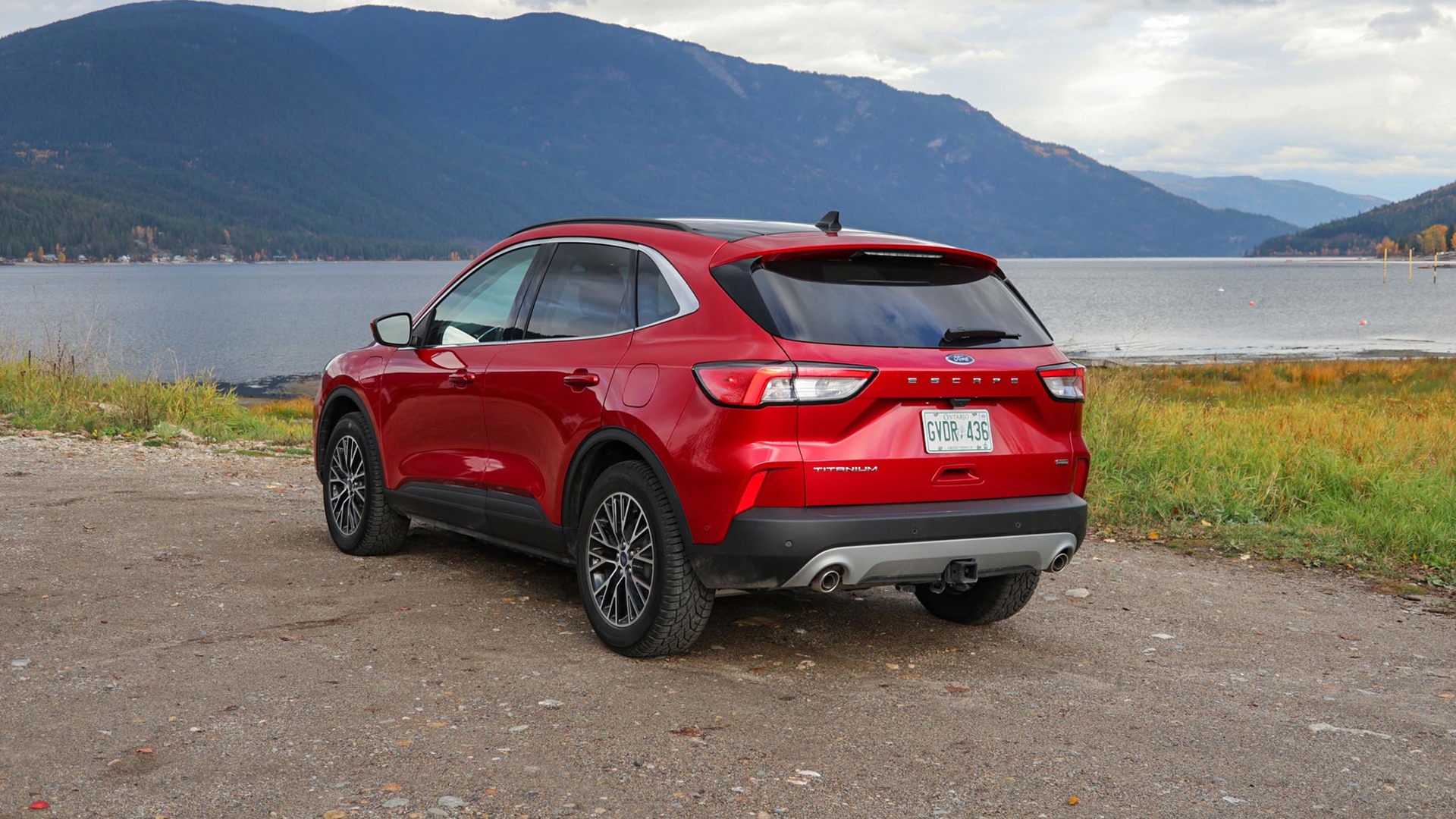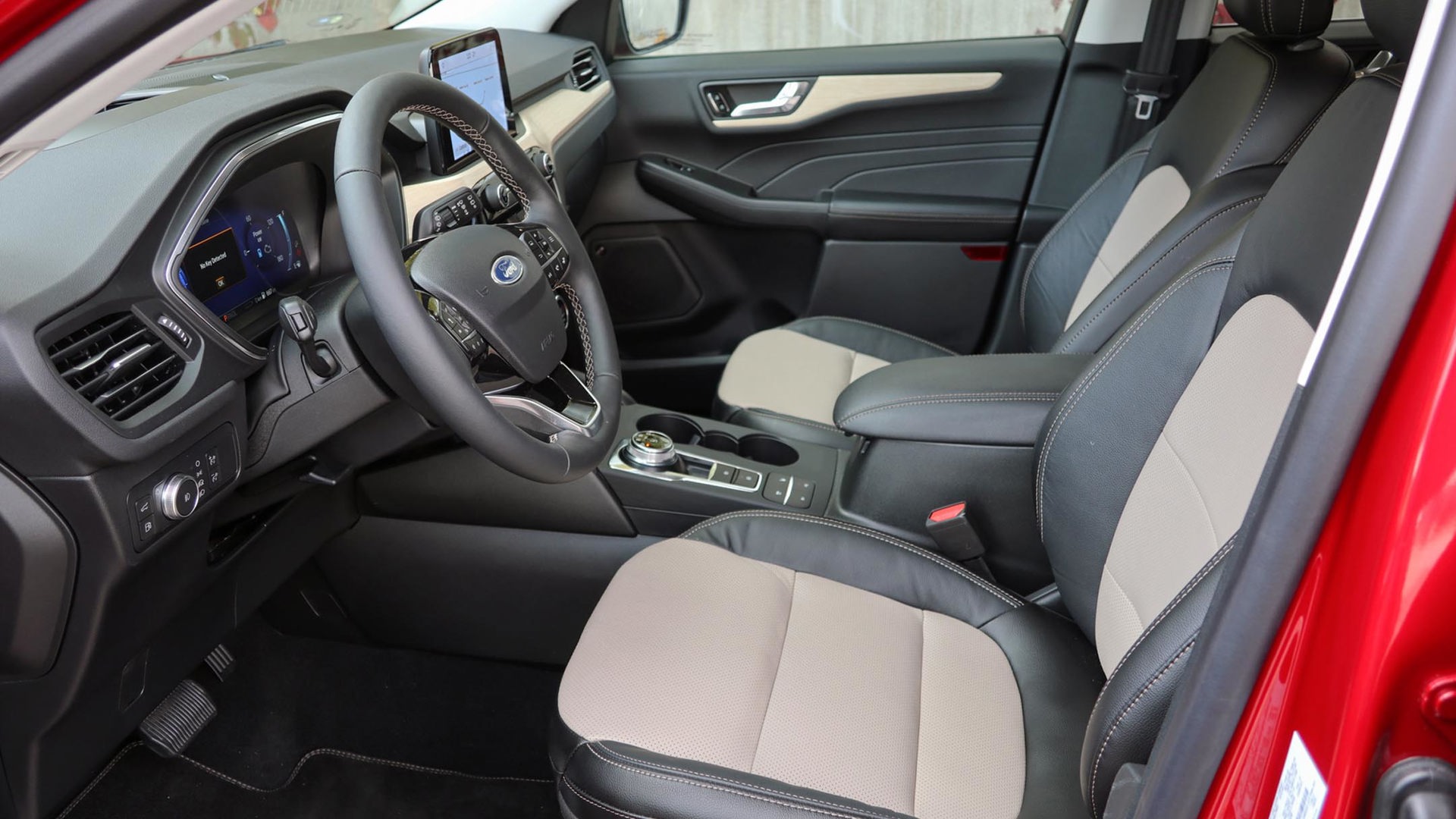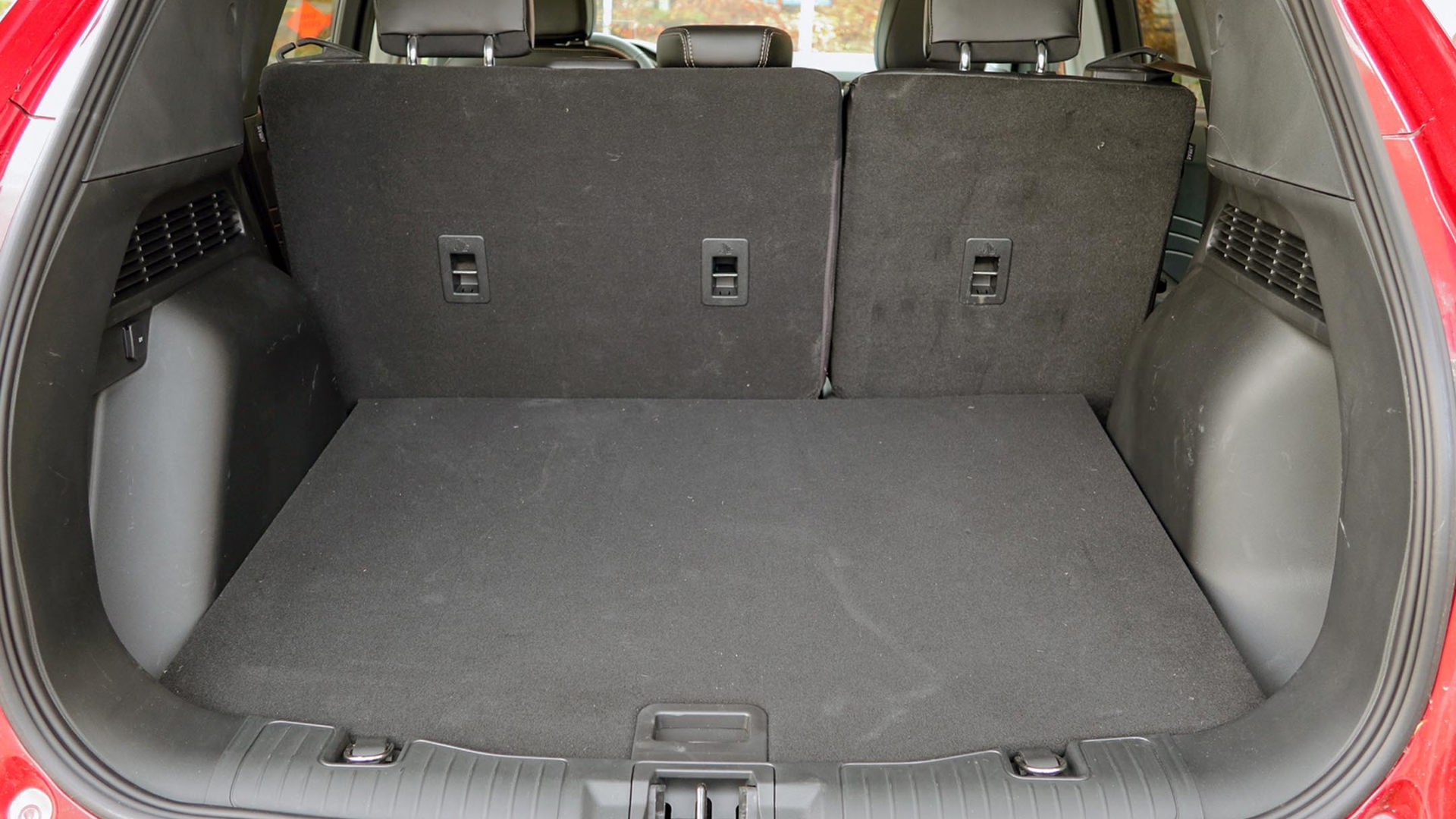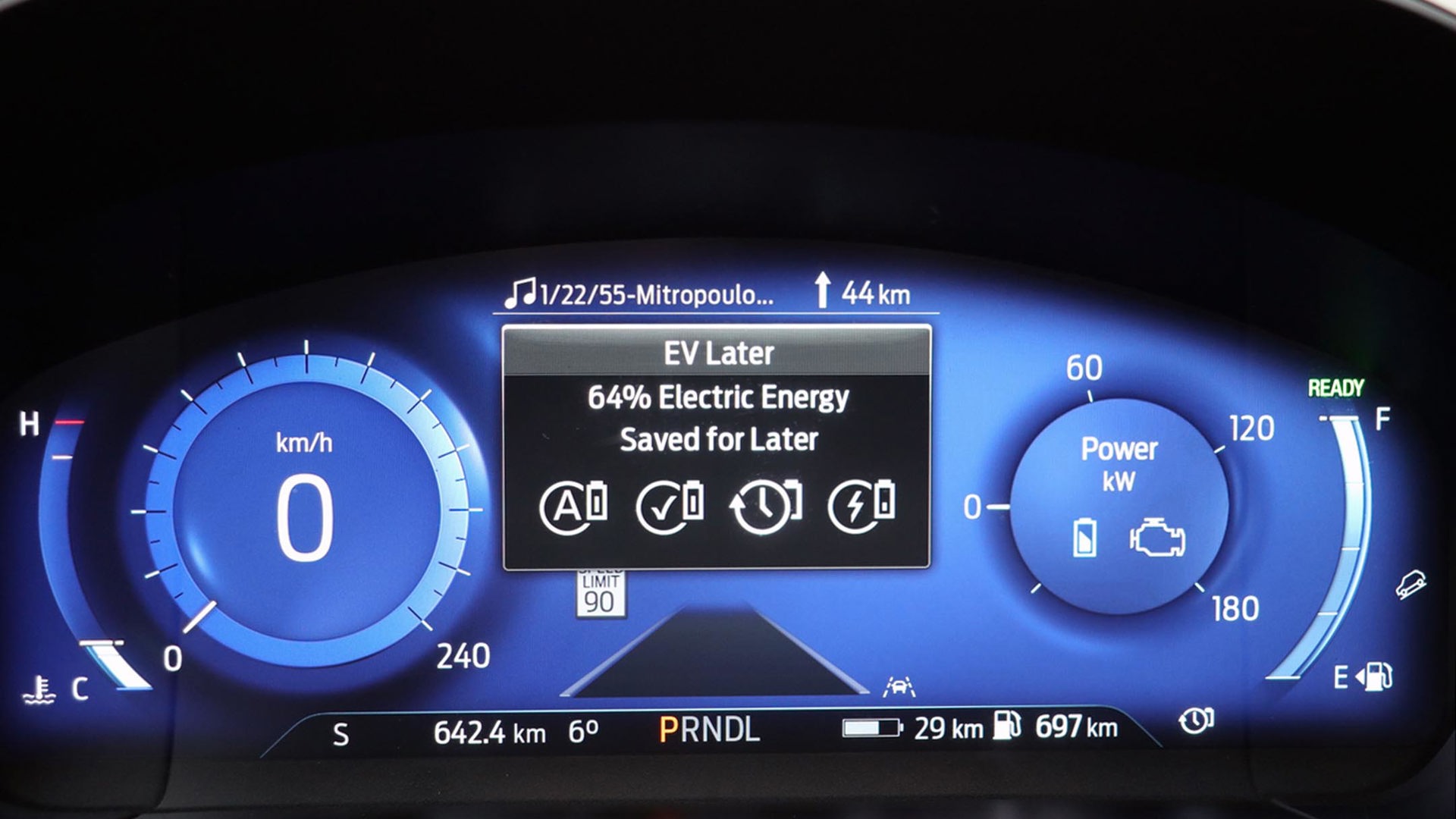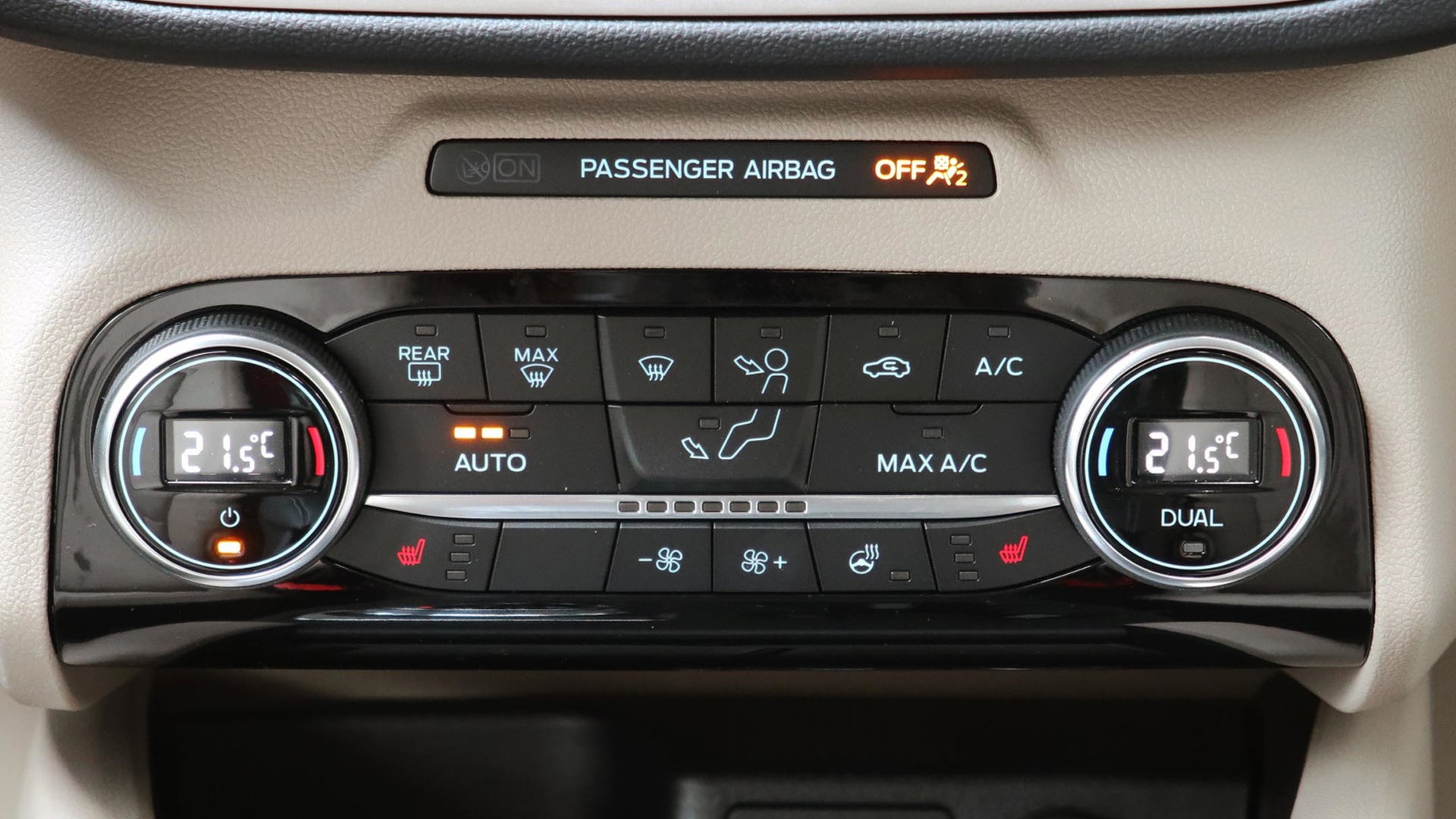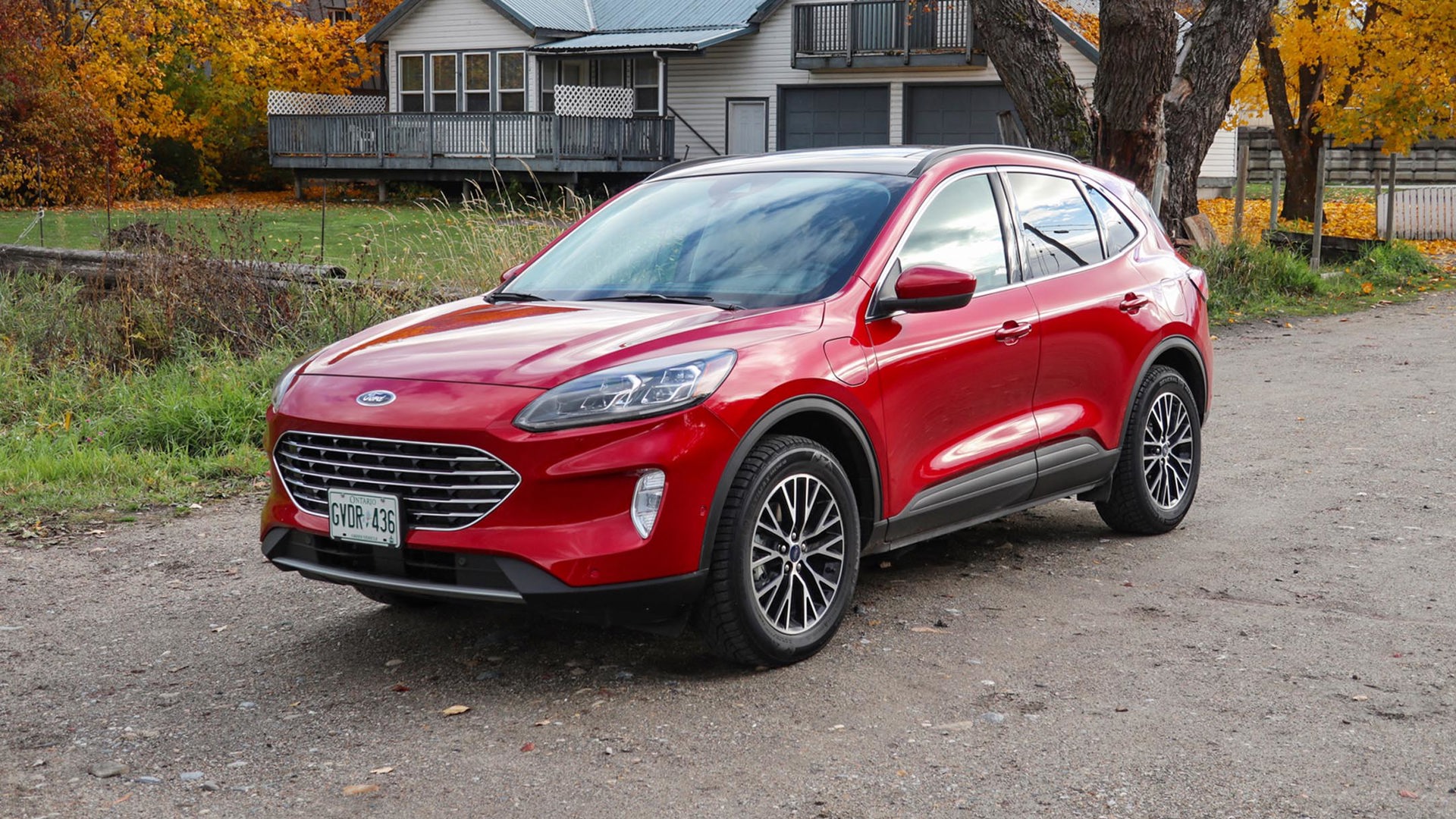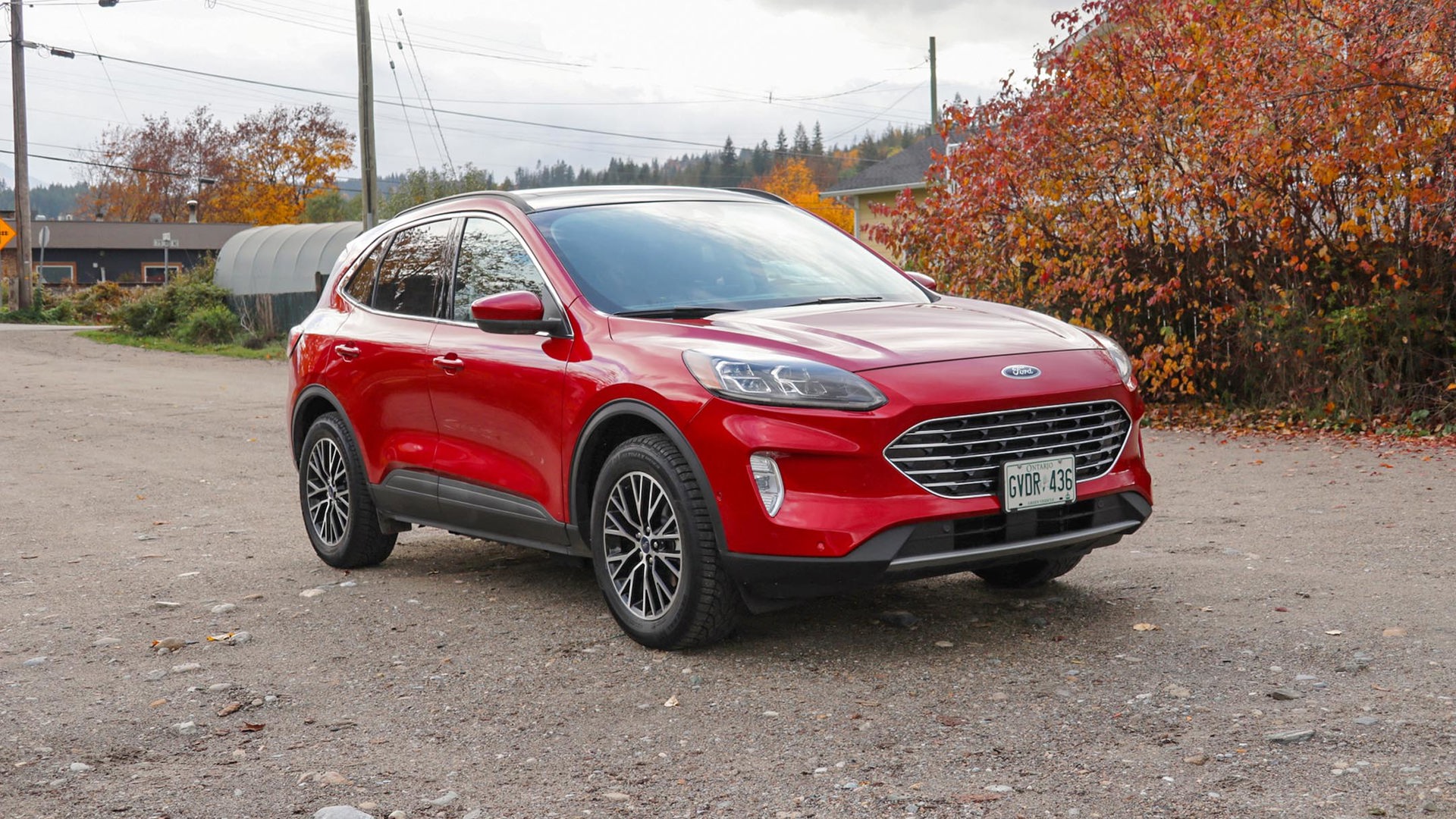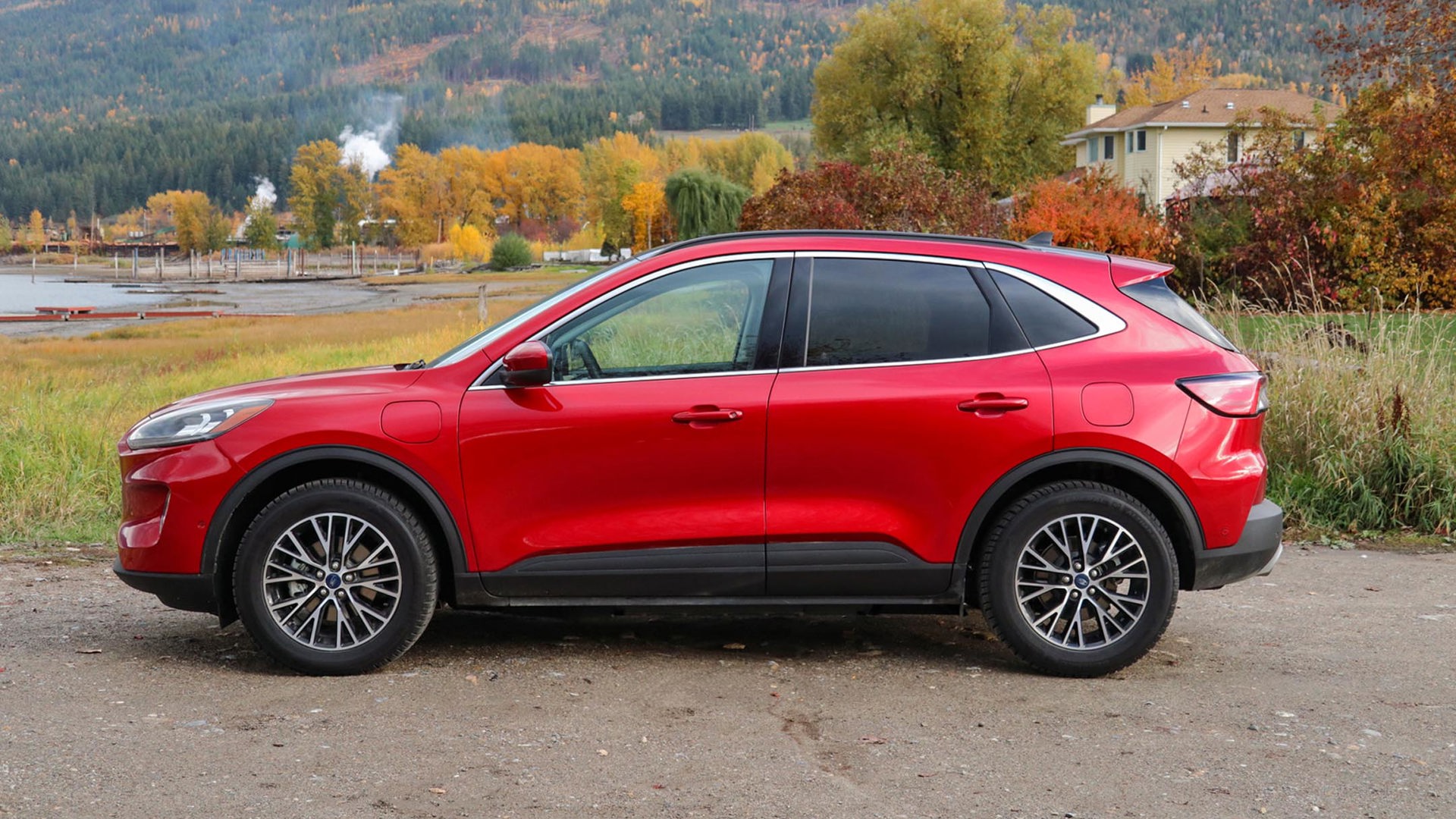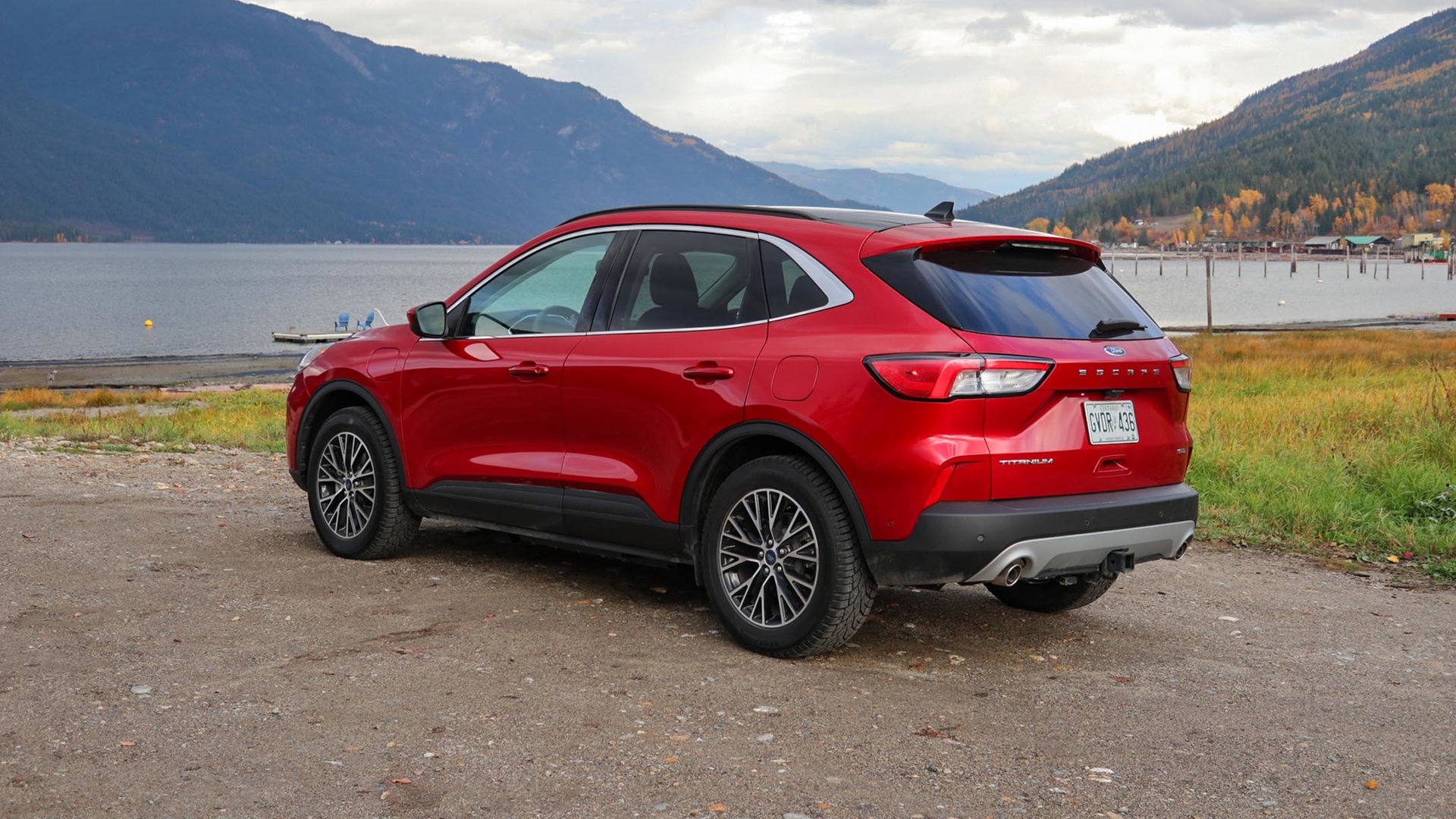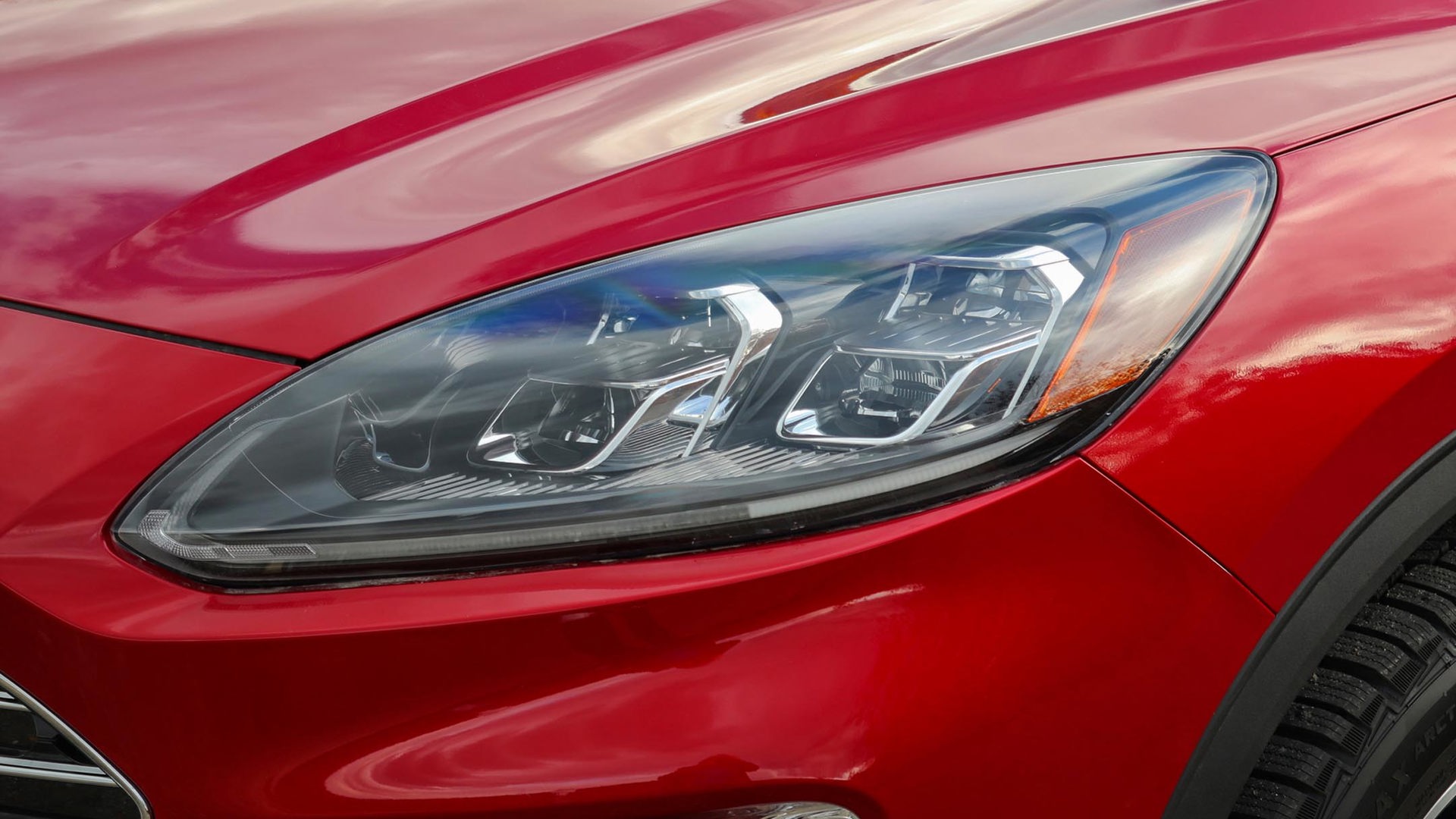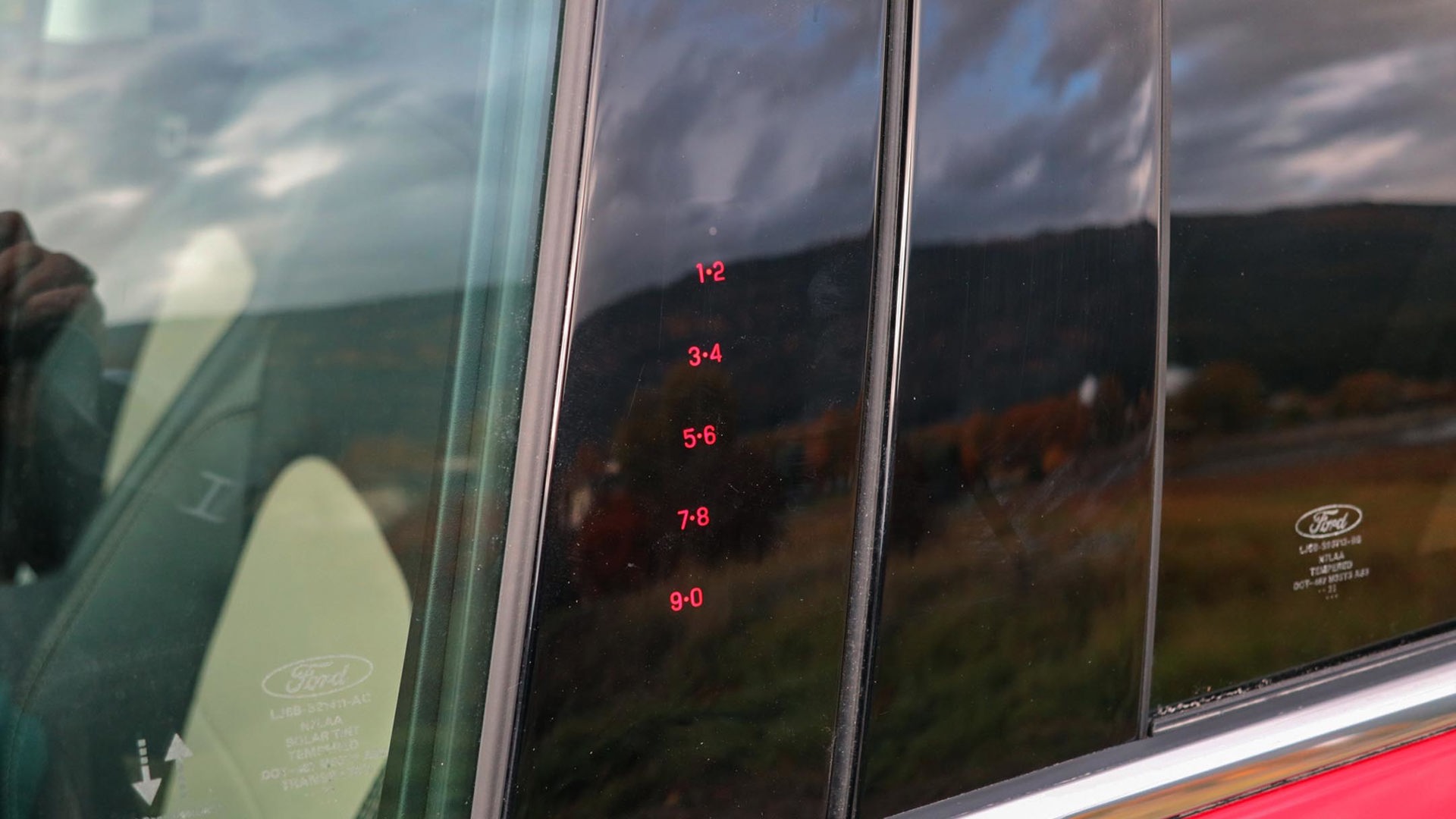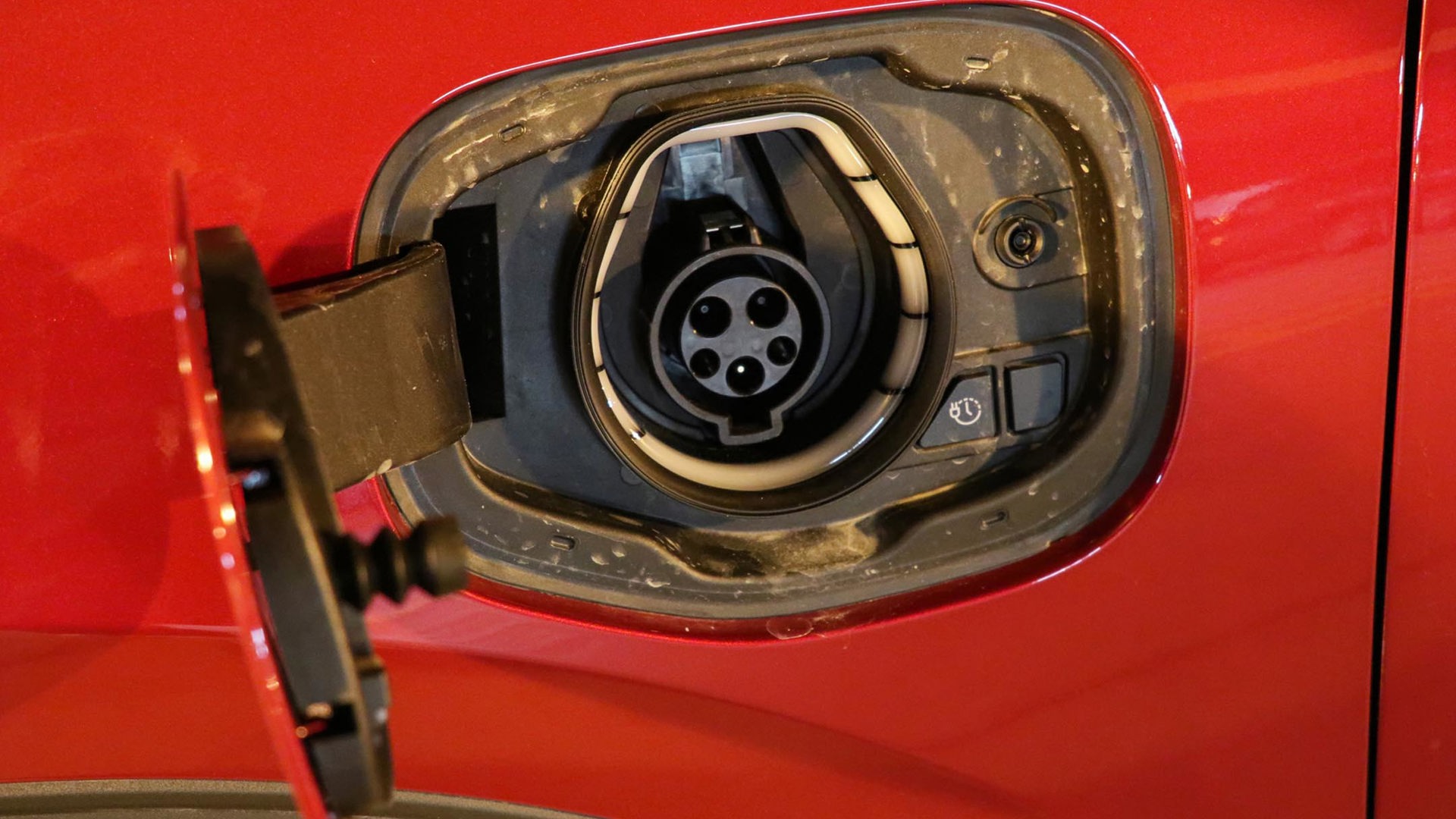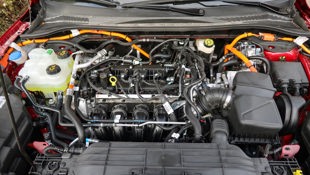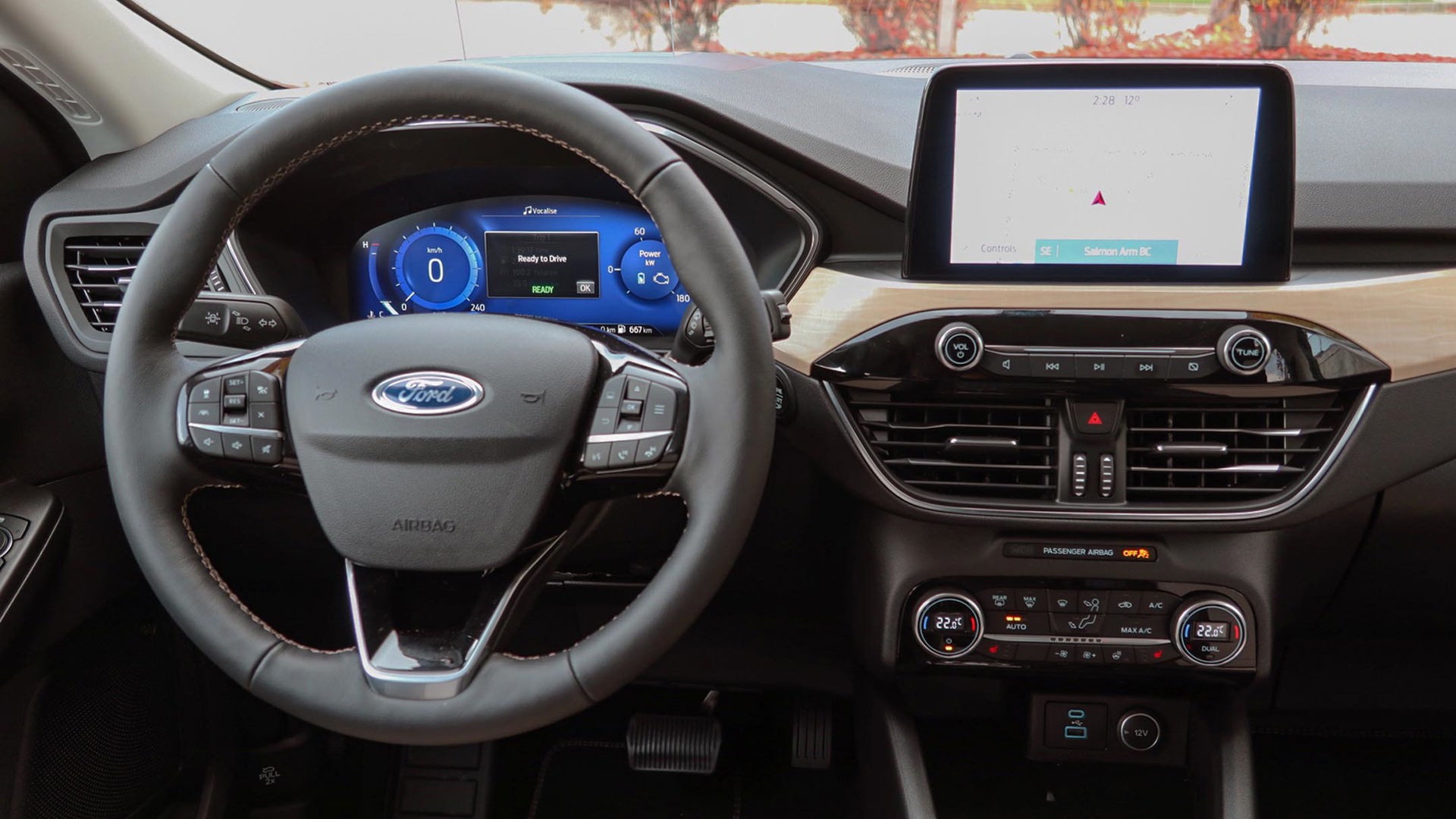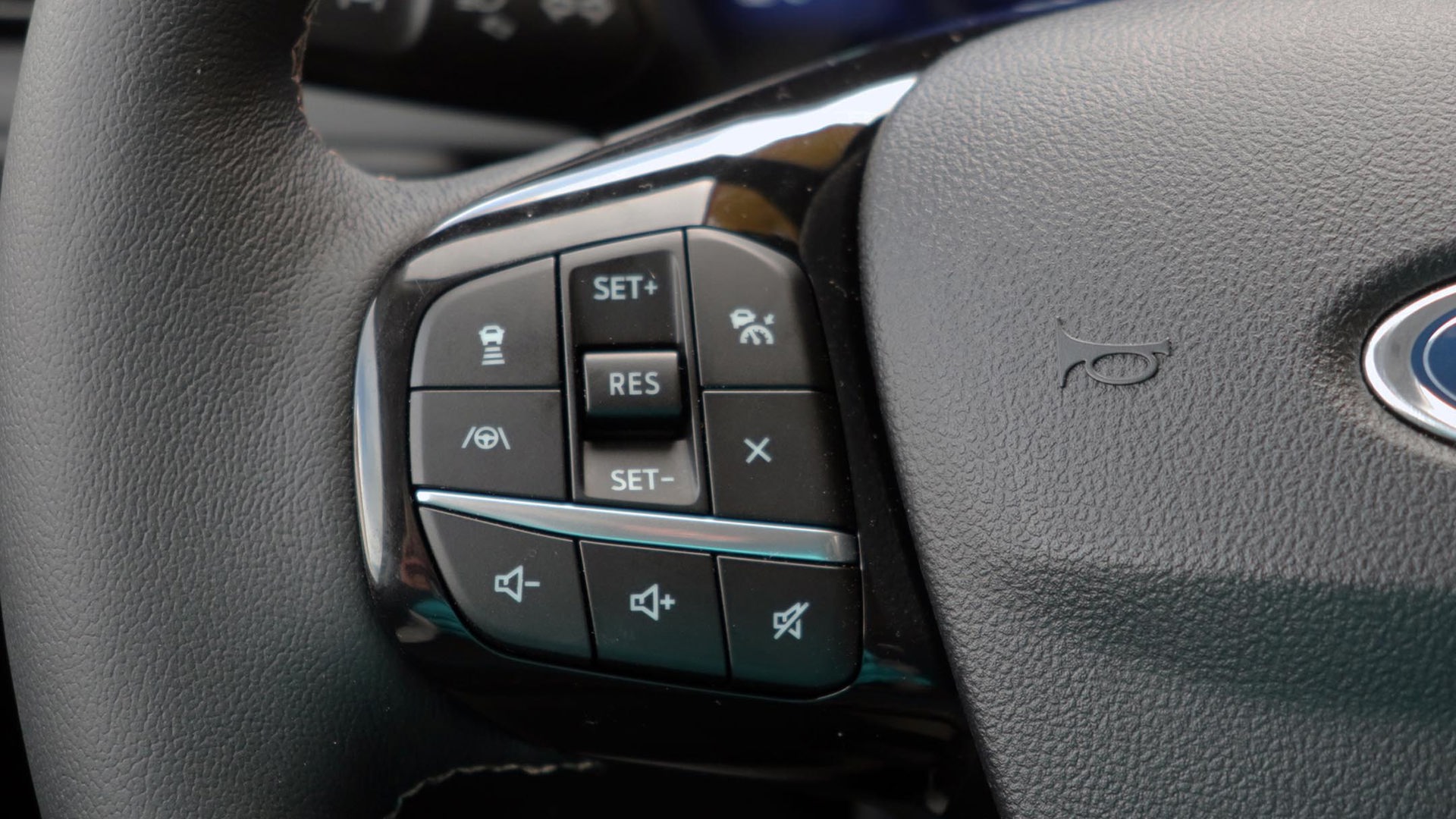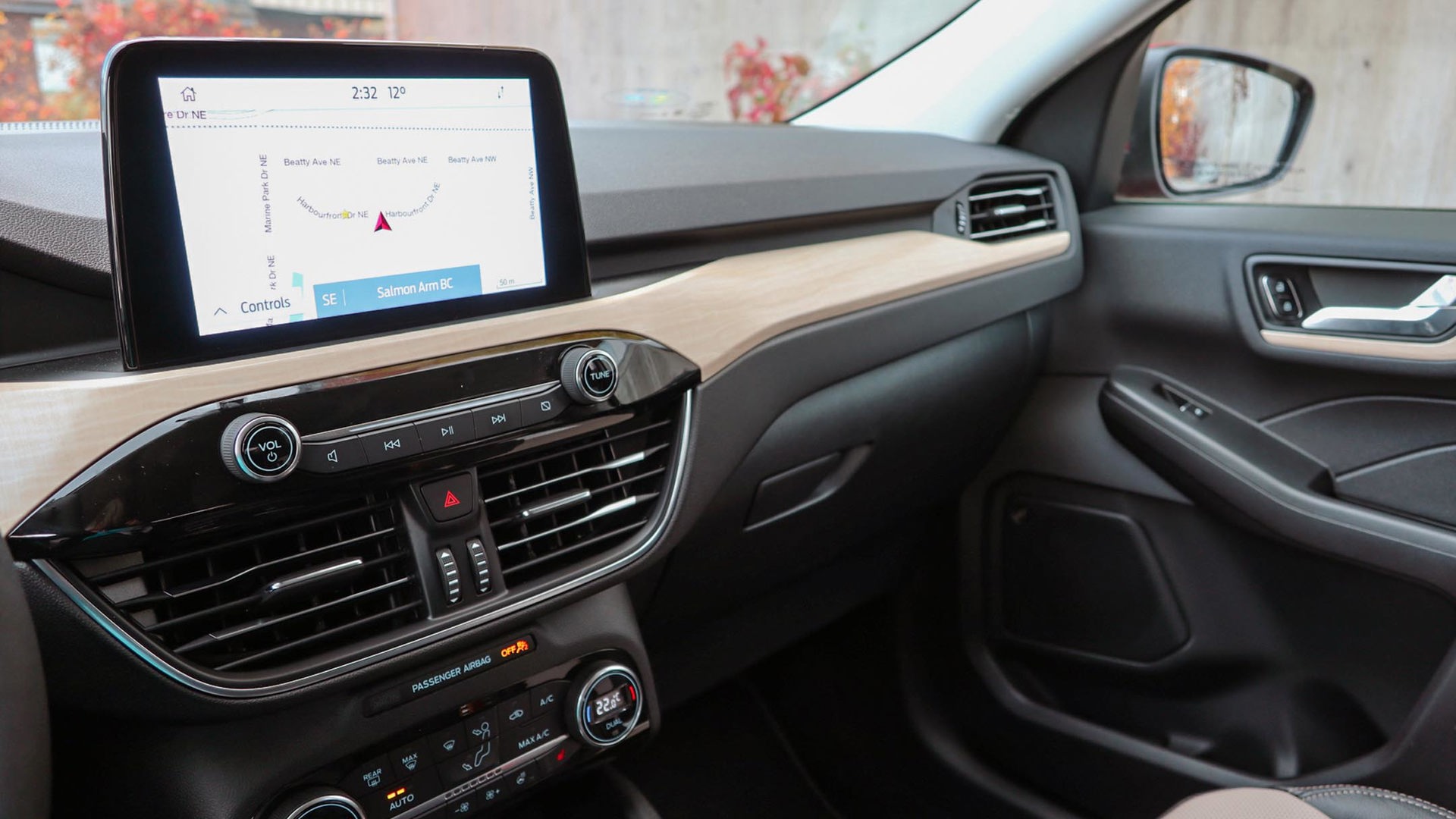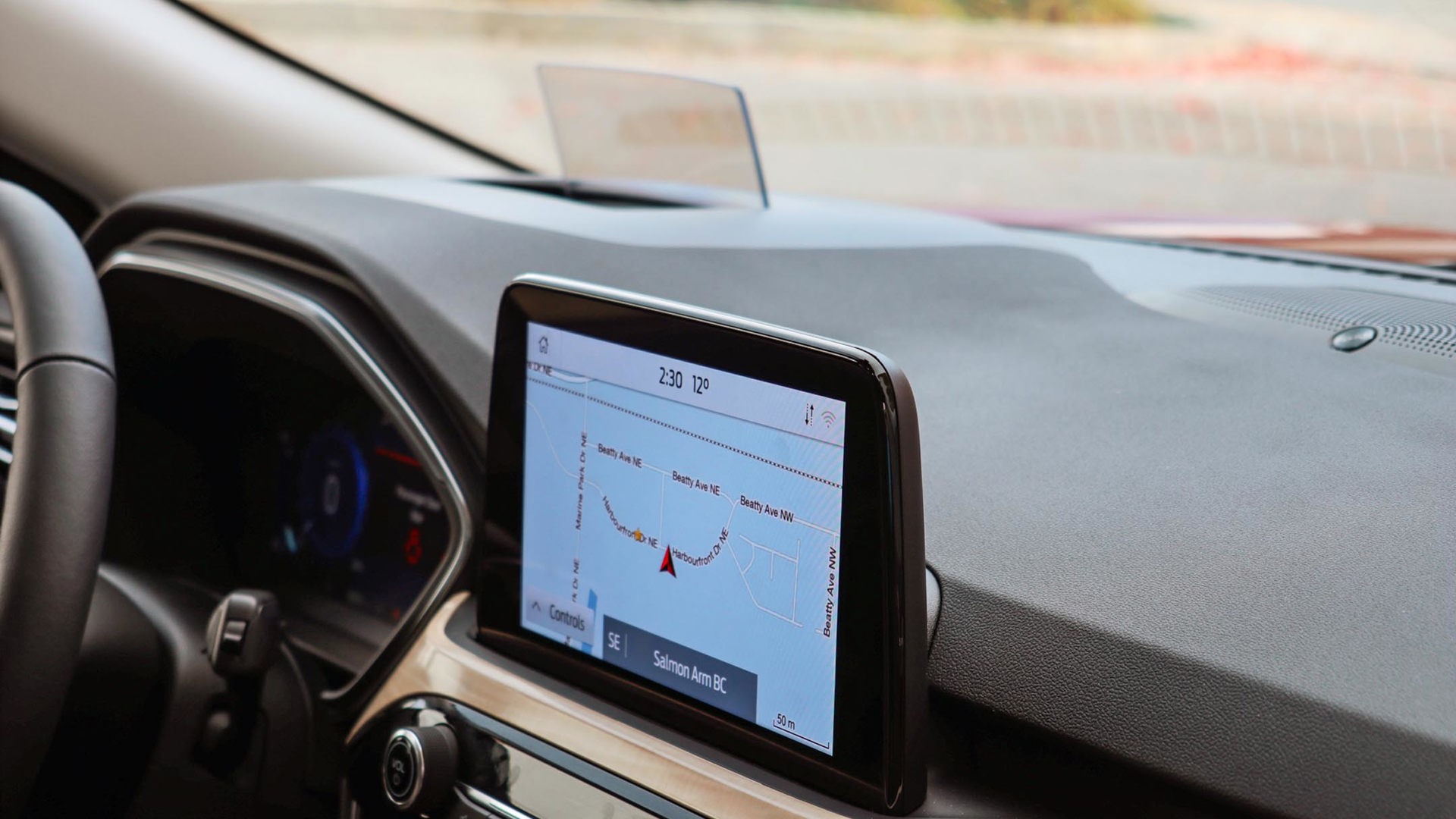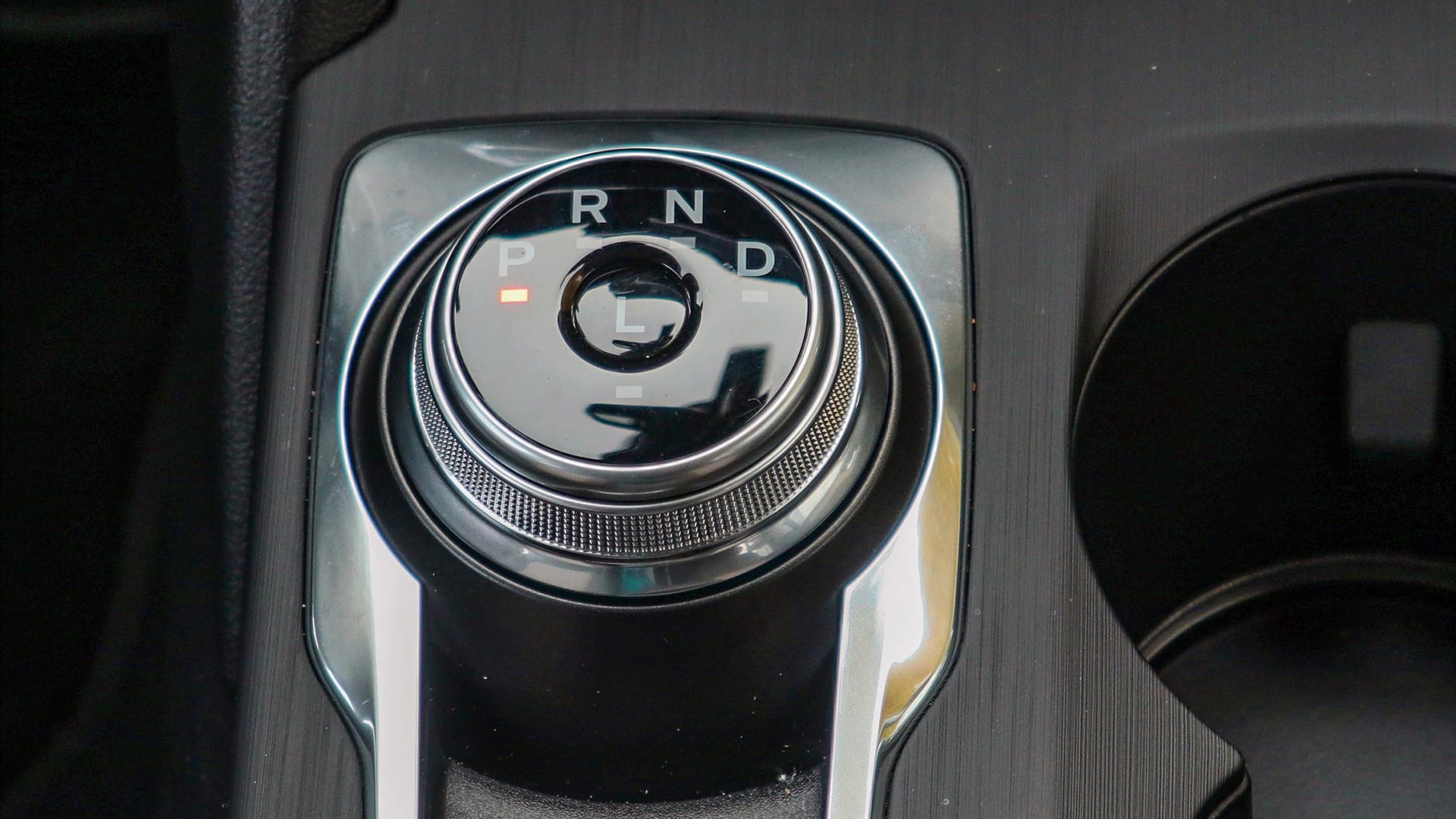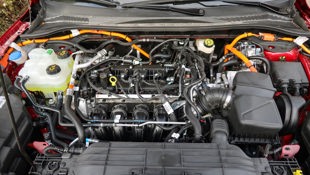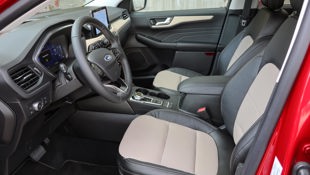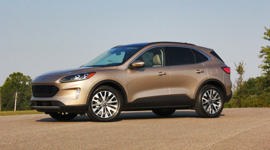There are times when a compromise isn’t so bad.
Among them is the plug-in hybrid (PHEV), which has some of the fuel-free driving range of an all-electric vehicle, but its hybrid system won’t leave you stranded if you haven’t plugged it in. After the introduction of a very good conventional gas-electric version, the 2021 Ford Escape Plug-in Hybrid adds an estimated 60 km of electric range when it’s charged, and then will keep on truckin’ as long as there’s gas in the tank.
The PHEV version is based on the Escape that was redesigned for 2020. Its launch was delayed due to supply shortages and some initial battery issues in European models, which Ford says have since been resolved.
Considerable Price Jump
It comes in three trim levels, with options packages available: the SE at $37,649; SEL at $40,649; and Titanium at $43,749, all before a non-negotiable delivery charge of $1,995. It’s eligible for the federal green vehicle rebate to a maximum of $2,500, as well as provincial rebates in British Columbia, Quebec, and Prince Edward Island.
The PHEV is a considerable chunk of change over the conventional Escape Hybrid – a difference ranging from $4,800 to $6,000. Buyers will have to do their homework to determine if the fuel savings will make up for that.
Big Battery, but Two-Wheel Traction
Whether you’ll get a full 60 km on electric depends on several factors, including ambient temperature and your driving style. It takes about 10.5 hours on regular 120-volt household current to charge, but that drops to 3.5 hours on a 240-volt home charger or public station.
The Escape PHEV uses a 2.5L four-cylinder that makes 165 hp on its own and 220 hp combined with the electric motor, plus 155 lb-ft of torque, and comes mated to an automatic continuously variable transmission (CVT). The 14.4-kWh battery is mounted under the floor, where it doesn’t affect cargo space, which is 869 L behind the back seats.
It comes only in front-wheel drive, with no all-wheel drive (AWD) available. Ford’s reps said it would increase the price and weight, and the brand is confident many buyers are fine without all-wheel traction. The Escape is the basis for the Lincoln Corsair plug-in, which uses electric motors to drive the rear wheels, but that (and of course the Lincoln luxury upgrades) push its starting price to nearly $60,000 before tax and rebates.
Drives Like a Dream
The Escape PHEV has car-like road manners, with well-weighted steering, smooth cornering, a tight turning circle, and a very comfortable and quiet ride. It has no trouble keeping up with traffic, or with passing on the highway.
Four electric modes can be selected. One uses the stored charge right away, and when it runs out, the Escape automatically switches to conventional hybrid operation. The hybrid system is extremely smooth, and sometimes I had to look at the dash readout to tell if I was driving on electrons or gasoline.
The automatic setting chooses hybrid or electric operation, adding the gas engine where it’s advantageous, such as hard acceleration or highway driving. There’s also a setting to save the stored charge, running on hybrid in the meantime. Finally, there’s a charge mode, which uses the gas engine to charge the EV battery. I found it wasteful and pointless, when it netted me only one km of EV charge after eight km of driving with the engine charging the battery.
On EV alone, the Escape officially rates 2.2 Le/100 km, for litres equivalent – electric energy consumption converted to comparable gas use. On hybrid operation, it achieves 5.5 L/100 km in the city, 6.2 on the highway, and 5.8 combined. That’s better than its plug-in competitors – the Toyota RAV4 Prime gets 2.5 Le/100 km and 6.0 L/100 km combined – and lower than some smaller plug-in cars.
The Usual Stuff
The Escape has comfortable seats, and the rear chairs can be moved fore or aft by 152 mm (six in) to maximize legroom or cargo space. It’s easy to get in and out, and the rear has a very low liftover for cargo.
The entry SE trim includes such items as dual-zone automatic climate control, emergency front braking, blind-spot monitoring, lane-keep assist, Apple CarPlay and Android Auto, satellite radio, and heated front seats. The SEL adds such items as a reverse sensing system, heated steering wheel and mirrors, power tailgate, and power driver’s seat; while the Titanium includes adaptive cruise control with lane-centring, auto-dimming rearview mirror, a self-parking system, navigation, premium audio, rain-sensing wipers, and a hands-free tailgate.
But the Escape’s weak point is that its cabin doesn’t look the price. While the design is handsome, there’s a lot of hard, plain plastic you wouldn’t expect in an optioned-out Titanium topping $47,000. The mid-level SEL actually looks better, because my Titanium’s dash swapped out the SEL’s brushed-metallic trim for a faux blonde-wood finish that’s very heavy on the “faux.”
And while I liked the simple controls, which depend heavily on buttons and dials rather than paging through computer screens, the infotainment system could take a while to wake up. I had to stop a few times on a mapped route, and whenever I started the Escape, it took a maddeningly long time for the navigation to pick up my path again.
Final Thoughts
The 2021 Ford Escape Plug-in Hybrid’s front-wheel drive-only configuration may work against it, given how many Canadians prefer AWD, but price may be its ultimate weapon. It starts at $37,649, while its all-wheel-drive competitors are higher: the Mitsubishi Outlander PHEV and Toyota RAV4 Prime both start in the mid-$40,000 range. That minimum $6,500 difference will buy more than enough winter tires to get the Escape through the snow.
Plug-in hybrids are still a small slice of the market, but while they’re pricey, they have a lot going for them with EV ability and no range anxiety. If that’s your route, this smooth-driving and comfortable little Ford is a must on your list.

